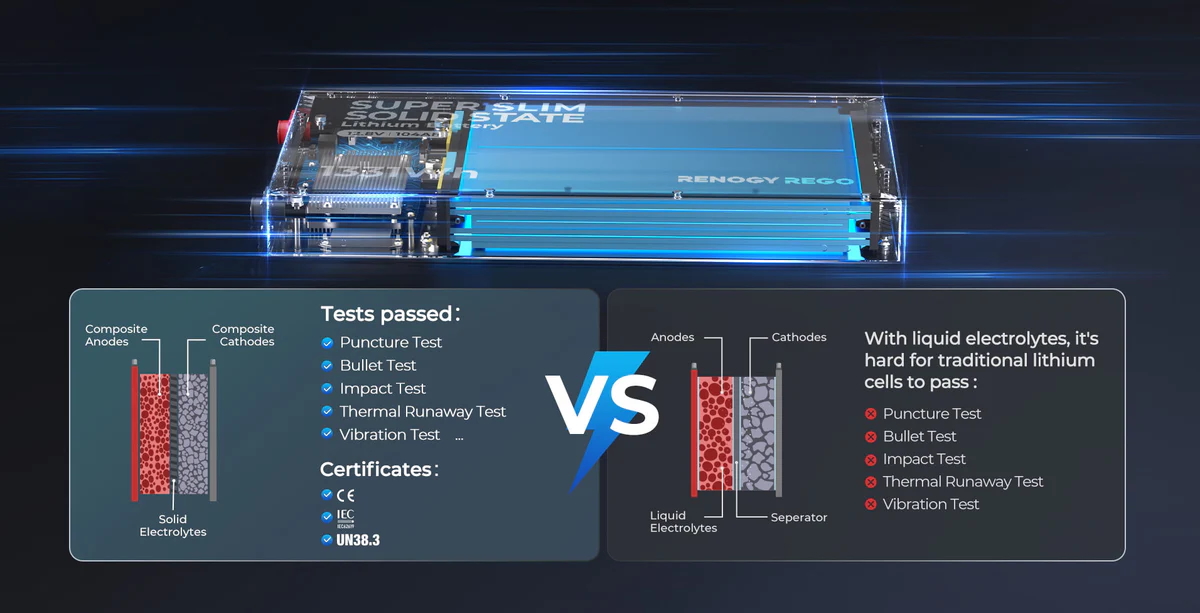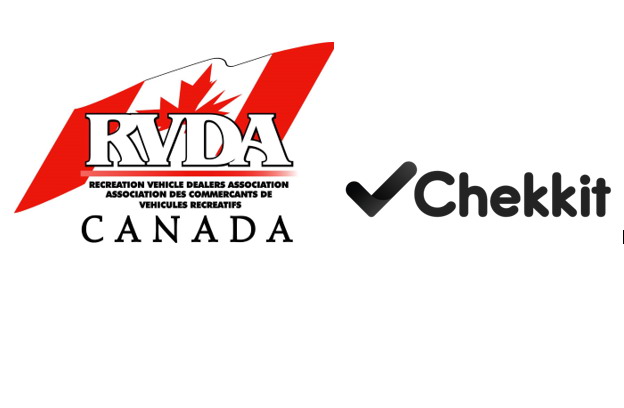Think of Artificial Intelligence as a prediction machine…
A Special Feature by Nick Farnell
It seems like the biggest buzzword in the last two years is “Artificial Intelligence”. Tools like Chat GPT promise to write real estate listings, customize your resume, debug computer code or even create a recipe based on what items you have in your fridge.
Now with tools like Midjourney and Leonardo AI you can generate images just by giving the system some specific text prompts.
These tools are called Generative AI since they create new text or images – with varying degrees of success and ethical issues. Generative AI has made a lot of headlines lately but quietly in the background, more traditional methods of AI have been changing the way we do business, consume content, plan, and go about our day.
These more traditional AI approaches are trained to understand rules, find patterns, and predict what will happen next but do not necessarily generate new content. A common example of this is autocorrect. Try this experiment – if you type “Qestion” into your phone it will automatically correct to “Question” since the system has leaned the rule that English words starting with “Q” are almost always followed by “u” and that since “Qestion” is not a word, you likely meant to type “Question”.
There are cases where AI gets this wrong, and you are still able to override the system – think Canadian versus American spelling of “behaviour”.
This example is just one illustration of how AI has slowly made its way into our daily lives. Even simple examples of AI follow the pattern of:
- Learn the rules
- Find patterns
- Predict what is likely to happen next
Common but more complex examples in our daily lives include directions from Waze or Google Maps suggesting which route will be quickest because of traffic, your credit card company predicting whether you made a legitimate purchase or if your card has been stolen, and Amazon recommending what you might be interested in based on your previous purchases. These examples all follow the same pattern of learn the rules, find patterns, predict what is likely to happen next in that specific scenario.
You can think of Artificial Intelligence as a prediction machine.
What does this mean for RV dealerships?
AI, or more broadly Machine Learning and Analytics have already had an impact on almost every industry. When combining these concepts with a specific business objective, you have the ability to get better predictions, and better predictions mean more confidence in the goals you are trying to achieve.
Some examples of predictions could include how long it will take to sell a specific model, or whether overall sales will rise or fall next week, month or year, and even longer term predictions like whether smaller, lighter units will sell better or worse two years from now.
This does not discount the gut instinct and intuition that RV dealers have built up over their years of experience. Instead, it adds to that intuition by processing an unbelievable amount of data and distilling it down to a few key insights. Hundreds of thousands of data points can be processed in a fraction of a second allowing people to focus on the strategy and let machines crunch the numbers.
For these systems to work well they first need to learn the rules. More specifically, they need to be trained on historic data such as years of sales history including characteristics of specific units. Once these systems have been trained, the next step is to find patterns – an obvious example would be that newer RVs sell for a higher price than older RVs all else being equal. This leads to the final step of predicting the selling price of one specific RV based on characteristics like age, manufacturer, model, and weight.
It doesn’t stop there – AI and predictive analytics can be used to understand consumer behaviour at a much deeper level by finding those same patterns. When a first time buyer purchases a bunkhouse travel trailer, what other accessories do they typically buy within the first three months? Being able to accurately predict the answer to that question, then targeting your marketing campaigns means that person is more likely to come back into the dealership and buy from you rather than looking elsewhere.
About the author…

Nick Farnell, MBA
Nick Farnell is a professor of business analytics and runs the consulting firm wtrfll, focusing primarily on competitive intelligence and data driven insights. When not in front of a computer, he is spending as much time as possible in one of Ontario’s provincial parks with his young family.
Please visit https://wtrfll.ca/ to see how Nick and his team have helped organizations use data and analytics to better understand their customers and competitors.


































